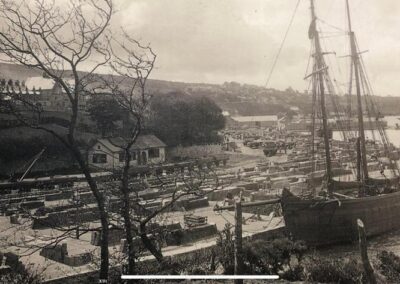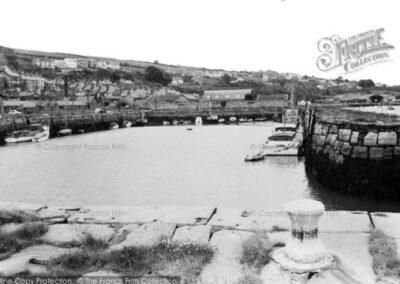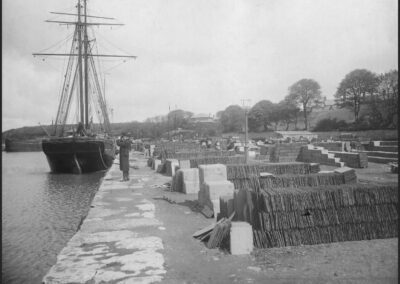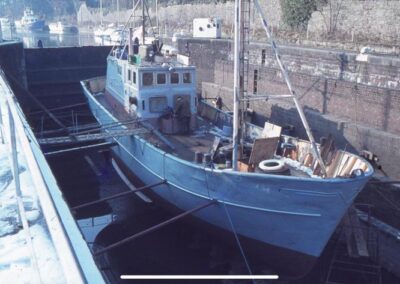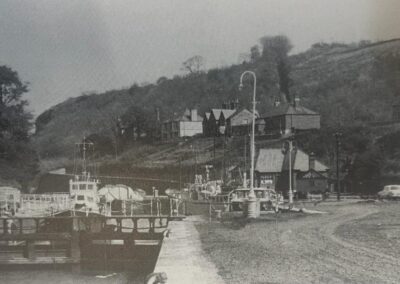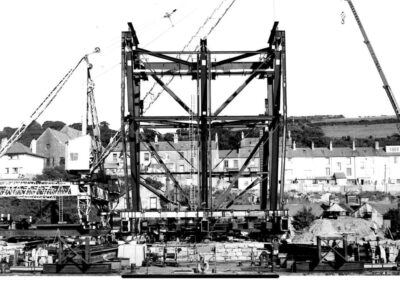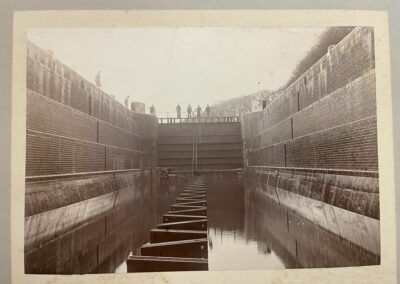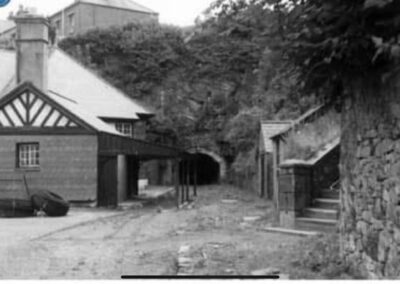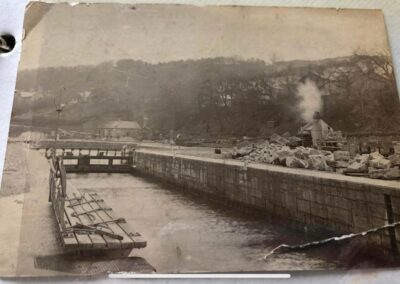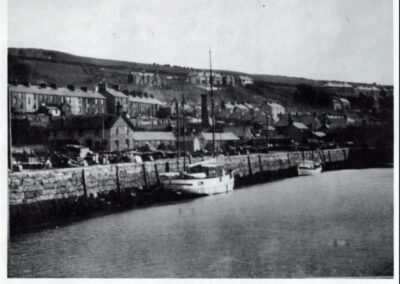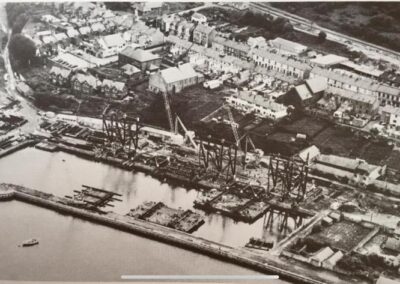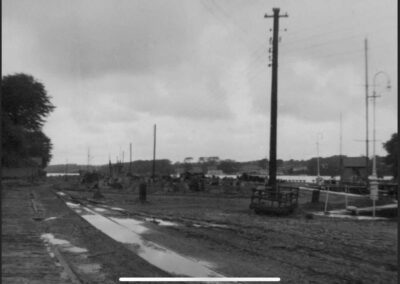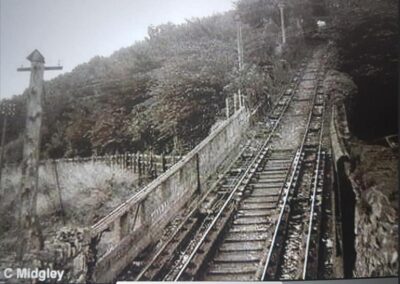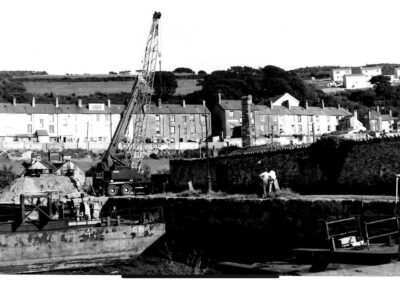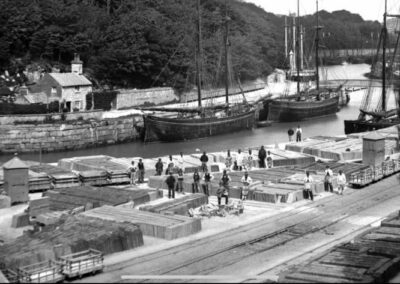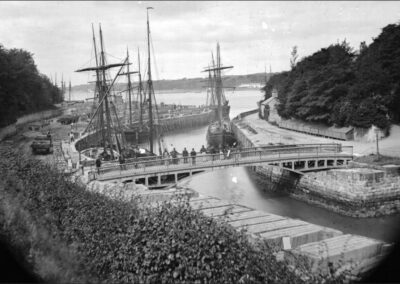History
Port Dinorwic was built as a commercial harbour on the Menai Strait for shipping slate from Dinorwic Quarries. Originally a tidal creek known as Aber-Pwll, its development began in 1793 when the Assheton-Smith family built a quay to facilitate slate transportation. Before the construction of the dock system, slate was transferred to ships via lighters in the Menai Strait. By 1809, quays allowed direct loading, and a tramroad connecting the quarries to the port was completed in 1824. The port operated in competition with Penrhyn quarry owners, who relied on Port Penrhyn at nearby Bangor.


The Dinorwic Quarries Railway initially operated as a tramroad before being replaced by a steam railway in 1848, known as the Padarn Railway. This railway, built on a four-foot gauge, transported slate using two-foot gauge wagons on transporter wagons. Quarrymen were also transported, though no public passenger service was offered. Locomotives at the port were similar to those in the quarry, but their deep buffer beams made transportation between sites challenging. After closure, part of the railway’s route was repurposed for the Llanberis Lake Railway.

Port Dinorwic underwent continuous development, with docks and quays built in 1809, an outer basin completed in 1854 and lock gates added in about 1900. A standard gauge branch from the Chester & Holyhead Railway arrived in 1852, but most slate continued to be shipped by sea. The port also housed a dry dock and engineering workshops that serviced quarry locomotives. Despite these advancements, Port Dinorwic never developed into such a significant maritime hub like Porthmadog, as it lacked a major shipbuilding industry.
By the 20th century, commercial activity declined. The first quarry-owned steamship was acquired in 1892, but by 1955, the last quarry-owned vessel was sold. The railway to the quarry closed in 1961, marking the end of industrial traffic. Over time, Port Dinorwic transitioned into a yacht harbour, with tourism replacing slate as the primary economic activity. Today, the former port area remains well maintained, and the surrounding village is now commonly known as Y Felinheli.
This text was inspired based on the information found at: https://www.festipedia.org.uk/w/index.php/Port_Dinorwic






